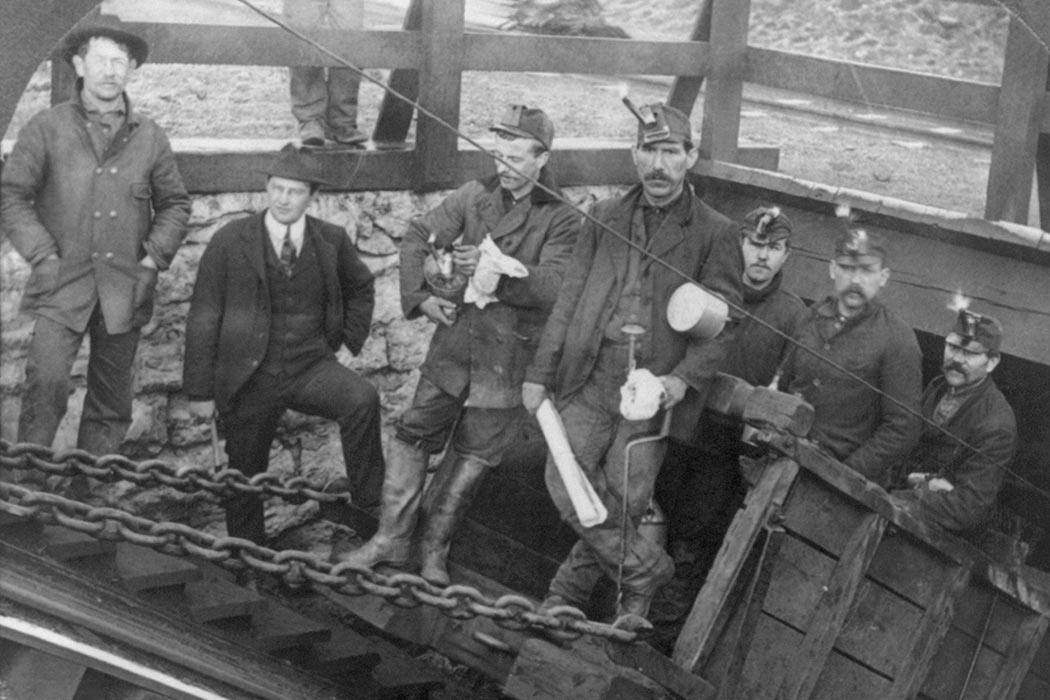The AP reports that there are no more union coal mines left in Kentucky. That’s a symbolic milestone in the decline of organized labor, because the mines of Harlan County, Kentucky were the sites of bloody labor disputes all throughout the twentieth century.
But how did coal miners’ unions become a powerful force to begin with? In a 1977 paper for the Journal of Interdisciplinary History, Jon Amsden and Stephen Brier investigated, looking at reports from the US Commissioner of Labor that covered almost every strike in the country between 1881 and 1894.
With the rise of railroads and the industrialization of the country, coal was becoming an increasingly crucial commodity at that time. Production of coal grew from 79 million tons in 1880 to 193 million in 1895. Meanwhile, the industry consolidated: big mine operators grew and merged and small ones were forced out of business.
Mining was a labor-intensive industry, and mine operators did their best to drive labor costs down. That involved not just setting workers’ compensation levels as low as possible, but also tricks like “shortweighing,” as well as the infamous practice of paying with scrip (a form of credit) good only at the company store.
Throughout the period they looked at, Amsden and Brier found numerous labor strikes over compensation—both offensive moves by workers seeking higher pay and defensive efforts to stop pay cuts. At the same time, though, there was a noticeable trend in a different sort of strike. The number of job actions that involved work rules, conditions, and the right to be part of an official union rose quite steadily between 1881 and 1894.
This shift reflected a growing emphasis by the miners on forming a national union. As the industry consolidated, Amsden and Brier argue, the workers saw that their future depended on building up an organization that could challenge coal companies’ power. In 1881, only 30 percent of coal miners’ strikes were called by unions. In 1894, more than 60 percent were.
The preamble of the Constitution of the National Federation of Miners, written in 1885, spelled out the workers’ economic situation:
The increased shipping facilities of the last few years have made all coal-producing districts competitors in the markets of this country. This has led to indiscriminate cutting of market prices and unnecessary reductions in our wages, which for some time have been far below a living rate…. Our failure to act in concert when contesting for principles and rights has brought about the demoralization and degradation of our craft.
As union activity grew, the miners pushed directly for higher pay and better conditions while also seeking legislation to improve their lots. The United Mine Workers, formed in a merger of the two major coal miners’ unions in 1890, won a series of major strikes and became the largest labor union in the country in the years before World War I. Its success, and coal miners’ continued battles against mine operators through the following century, was thanks largely to the strong class-consciousness that emerged among coal miners in the late 1800s.
Editor’s Note: This article was updated to reflect JSTOR Daily’s current punctuation conventions.







